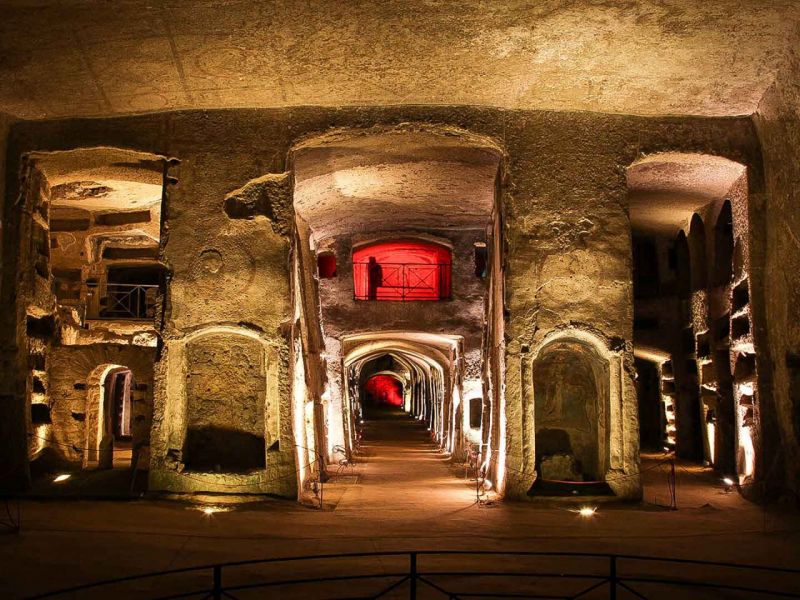
The Amalfi Paper Museum
06/06/2021
The Amalfi Paper Museum is housed in an old paper mill dating back to the 13th century.
This structure, unique in the world, offers its visitors the magic of going back in time and directly experiencing the ancient techniques of paper production with guided tours in Italian, English, German, French, and Spanish.
You can admire the centuries-old machines used in the production of handmade paper: the old wooden hammers which, driven by a hydraulic wheel, beat and shred the linen, cotton, and hemp rags previously collected in the mighty stone piles; the Dutch machine installed in the museum paper mill on 18 November 1745; the 18th-century presses used to remove excess water from the sheets; the paper machine in circles.
All these machines to produce paper have been restored to working order and are operated during the visit with the strength and power of the waters of the Canneto stream to make you relive the emotion of creating a sheet of the precious handmade paper of Amalfi.






The discovery of paper is one of many shining precious stones in the history of human civilization; this discovery is worldwide attributed to a Chinese minister named Ts’ai Lun, in 105 BC.
The oldest paper known to man is dated to 266 AC.
Old tales tell that Ts’ai Lun was finding himself at the shore of a pool beside a laundry which was squandering water of some, probably wear out textiles. The laundry, suffering hard under the rubbing and beating began, to fray and small fibers began to float but later they began to reunite into small sheets at the feet of Ts’ai Lun.
On the skin of the water, a veil of fibers was formed after a while. Ts’ai Lun observed it and he picked it up with care to put it on herbs to let it dry. The dry sheet was solid, white, and soft and it brought Ts’ai Lun the brilliant idea that it could be used as writing material. This legend about the art of making paper runs from that moment on around the world at a relatively fast speed. It reaches through the east to Korea and from there to Japan in the VI century AC, then it comes to the Arab world to reach the Mediterranean later. The new art became successful for its special qualities, and it substitutes the production of parchment paper in a short time.















